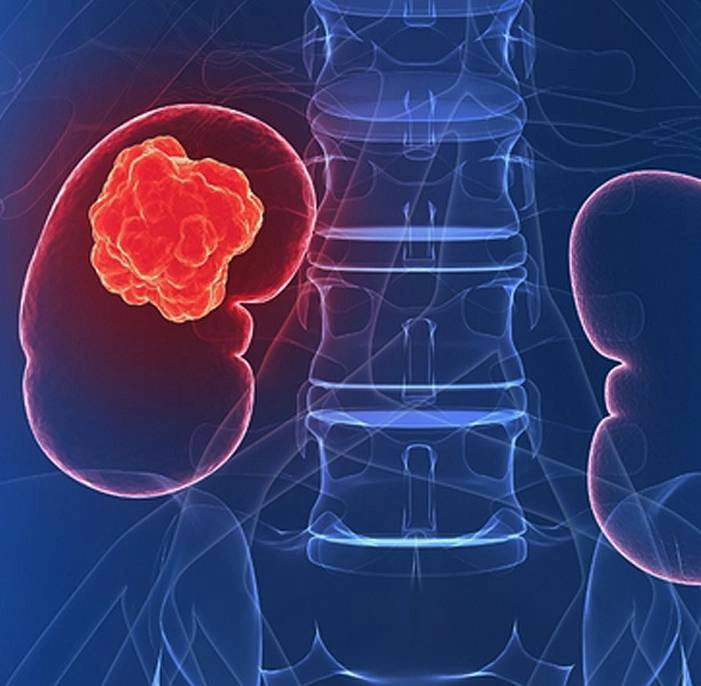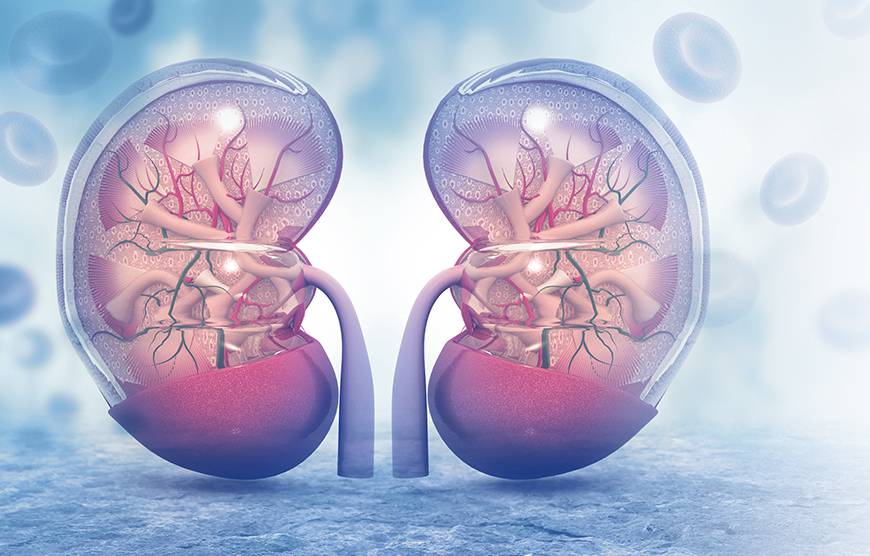What is kidney cancer?
Kidney cancer is the 9th most commonly diagnosed cancer in men in Singapore. It affects men more commonly than women. The incidence rises from the mid 40s, and peaks in people between the ages of sixty and seventy.

Risk factors for kidney cancer
While the exact cause of kidney cancer is not yet known, smoking, obesity and high blood pressure are known risk factors. Additionally, a number of rare hereditary syndromes are associated with kidney cancer.
How is kidney cancer diagnosed?
In the past, patients would be diagnosed with kidney cancer when they presented with symptoms of
advanced disease, such as blood in the urine, a large mass in the abdomen or the presence of pain.
Nowadays, it is more common for kidney cancer to be detected by chance, usually after an
ultrasound or CT scan for other causes. When this happens the cancer is usually smaller and less
likely to have spread beyond the kidney.
CT scans are an important diagnostic tool for assessing kidney cancer as they provide information about the
size and local extension of the tumour, the function of the other kidney, and whether any other
organs are involved. MRI is useful in patients who cannot have CT scans due to intravenous
contrast allergies or pregnancy.

What are benign tumours of the kidney?
About 20% of kidney tumours smaller than 4cm will be benign. A benign tumour is not cancer. It will not
spread outside the kidney to other organs or shorten a person’s life. However, benign tumours can grow
over time and cause symptoms such as pain or bleeding.
Angiomyolipomas (AMLs) are benign tumours of the kidney that are composed of blood vessels, muscle fibres
and fat. They are most commonly diagnosed in women aged 40-60, and as they grow larger they can
spontaneously bleed, requiring emergency treatment. In most cases, tumours that appear to contain fat on
CT scan and ultrasound can be confidently identified as AMLs without needing further tests. When small and
asymptomatic they can be safely watched. Given the increased risk of bleeding during pregnancy, women of
childbearing age should undergo treatment.
Cysts are fluid-filled sacs within the kidney. They are very common and are
almost always benign. However, if a kidney cyst has suspicious features on CT scan, such as thick internal
walls or solid regions, then it should be considered cancerous and treated as such.
Oncocytomas are benign tumors that cannot be distinguished from kidney cancer using imaging tests. The
only way to confirm that a tumor is an oncocytoma is by examining it under a microscope, either after
biopsy or surgical removal.







